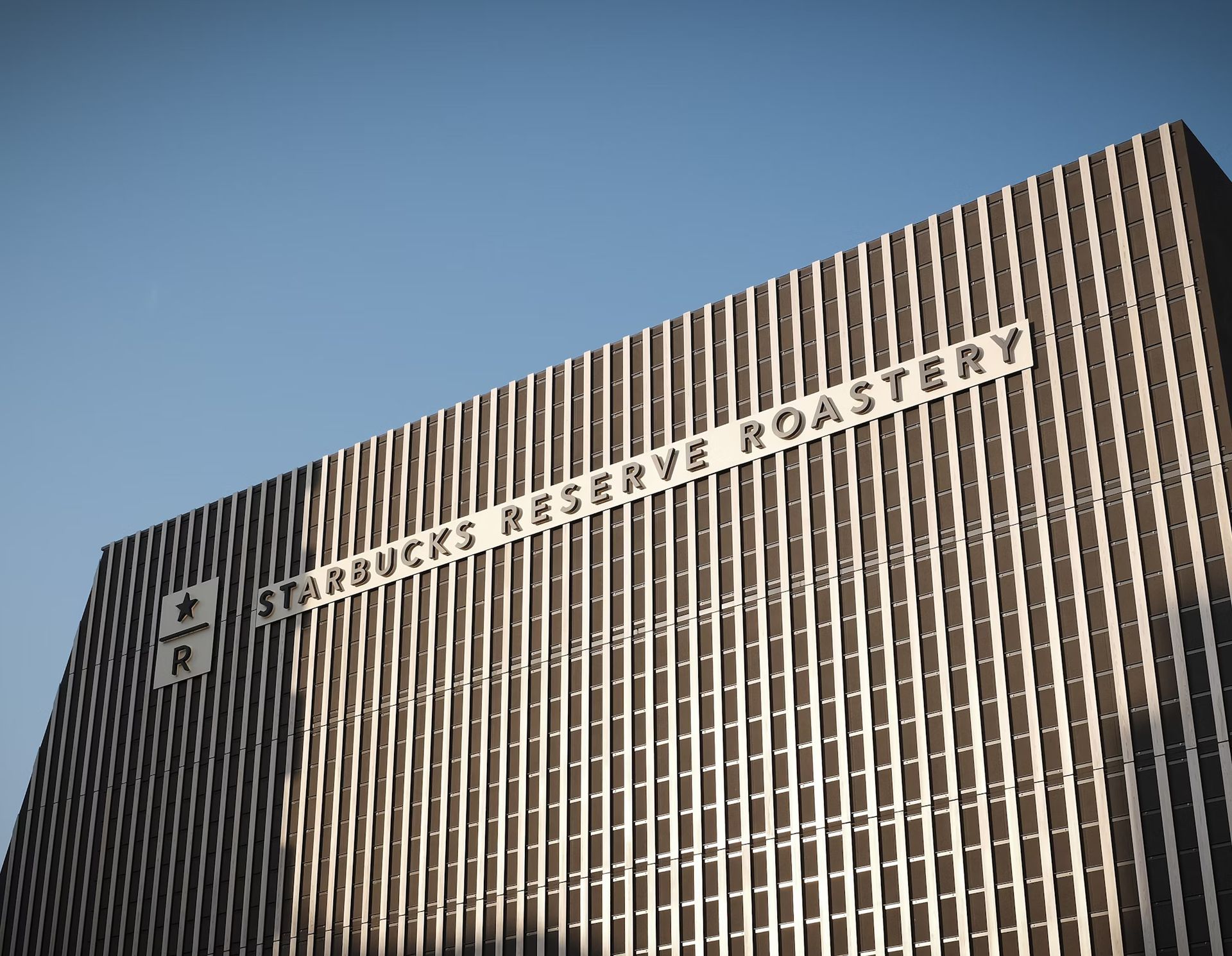and the distribution of digital products.
How Starbucks stock climbed 3% despite barista strikes across 300 stores

Starbucks workers plan a walkout at over 300 stores on Christmas Eve, escalating their strike due to unmet contract demands. The strike began with just 10 stores and has drawn in 5,000 workers from coast-to-coast, as the union, Workers United, seeks higher pay.
Strikes impact less than 2%, Starbucks stock still gains 3%The ongoing strike marks the fifth and final day of an action that highlights mounting tensions between Starbucks and its employees. This escalation occurs during a busy sales season, although the impacted stores account for less than 2% of Starbucks’ 18,400 U.S. locations. The coffee chain has experienced a tumultuous year, grappling with declining sales and increasing coffee bean costs. Investors reacted positively following the appointment of new CEO Brian Niccol from Chipotle earlier this year, adding over $20 billion in market capitalization. However, those gains are now approximately 50% diminished as the company struggles to improve its performance.
The union cited an impasse in negotiations over critical contract items, primarily focusing on pay increases. Starbucks described the union’s demands as “not sustainable,” contending that they did not negotiate in good faith and had backed out of discussions. The company’s executive team mentioned that most locations remained operational despite the strike and viewed the walkout’s overall impact as limited.
In a development earlier this week, Starbucks shares rose nearly 3% following reports that striking baristas were expected to return to work. However, the stock is still down approximately 6% for the year, indicating a challenging period for the company. The union’s efforts continue to highlight the ongoing struggle for fair contracts and living wages within the retail sector.
Amid the contract disputes, investors have been jittery. Even small misses on analyst expectations—from 1% to 3%—could trigger significant sell-offs, reflecting the market’s intensity following the recent struggles. The backdrop of the strike comes as Starbucks attempts to turn its fortunes around while balancing employee demands and operational realities.
Most affected stores, while only accounting for a fraction of Starbucks’ footprint, reflect broader labor movement challenges across the United States. The discussions surrounding fair pay and better work conditions embody a crucial narrative in the current business landscape. The union has been vocal about its frustrations, labeling the company’s negotiation tactics as inadequate, which complicates efforts moving forward.
With only 2% of U.S. locations affected, Starbucks demonstrated resilience during a peak sales period, maintaining service at most stores. The positive sentiment may also be tied to optimism around CEO Brian Niccol’s leadership, as well as anticipation of long-term growth outweighing short-term disruptions. However, investors should monitor the ongoing negotiations, as prolonged disputes could pressure margins and dampen recovery efforts.
Disclaimer: The content of this article is for informational purposes only and should not be construed as investment advice. We do not endorse any specific investment strategies or make recommendations regarding the purchase or sale of any securities.
Featured image credit: Hakan Nural/Unsplash
- Home
- About Us
- Write For Us / Submit Content
- Advertising And Affiliates
- Feeds And Syndication
- Contact Us
- Login
- Privacy
All Rights Reserved. Copyright , Central Coast Communications, Inc.